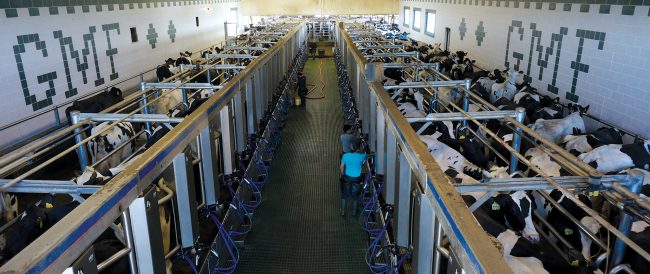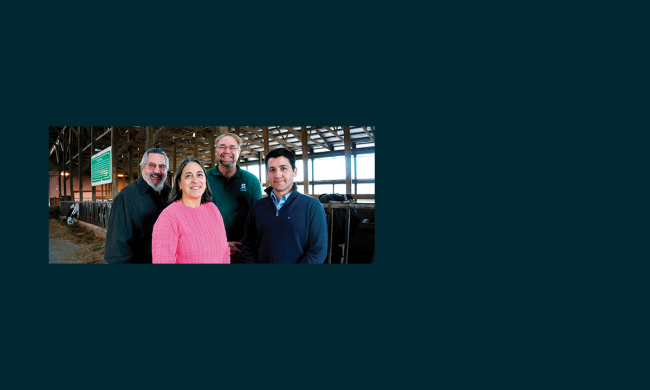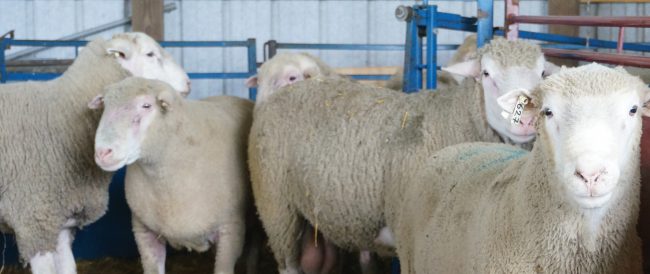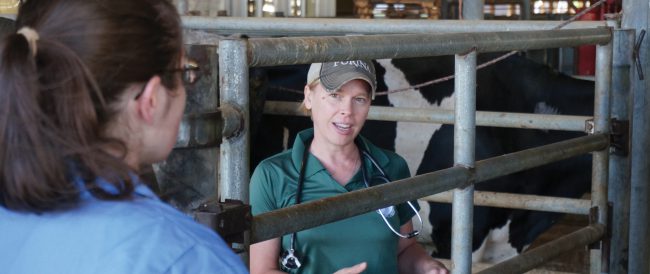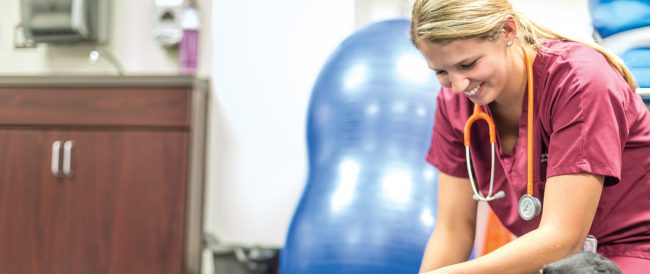 Read More
Read More
Prioritizes Mastitis Preventatives and Training.
At opposite ends of Michigan State University’s Veterinary Medical Complex are the offices of Drs. Lorraine Sordillo and Ron Erskine. Both have a passion for dairy cow health, and both are members of the Quality Milk Alliance (QMA), a five-year, USDA-funded initiative to cut antibiotic use in dairy cattle by half and for mastitis by one-third.

Mastitis is the primary infectious disease in dairy cows. It is usually caused by bacteria that inflames the udders, which reduces the quantity and quality of the milk produced. Many cows require antibiotics to recover from mastitis, but the milk of cows treated with antibiotics is unusable. For these reasons, mastitis is an important animal health, economic, and food safety priority.
Sordillo, Meadow Brook Chair in Farm Animal Health and Wellbeing for the Department of Large Animal Clinical Sciences, focuses on “the dry period,” a time that cows go through to recover from lactation. During the beginning and end of the dry period, a cow’s immune defenses are compromised, making her more susceptible to infections. Sordillo is investigating ways to prevent mastitis from happening in the first place by enhancing immunity through nutritional and management strategies that focus on the beginning and end of the lactation cycle. Sordillo says that by enhancing the cow’s immunity and increasing resistance to disease, the use of antibiotics necessary to fight mastitis will be reduced.
“Enhancing the immune defenses of the mammary gland during times of increased susceptibility to disease will improve the welfare of cows and reduce antibiotic use in the dairy industry,” says Sordillo. “Reducing the use of antibiotics will mitigate the potential development of antimicrobial resistance and residue risks in milk and meat.”
“Mastitis is the single most common cause of antibiotic use in adult dairy cows. If we can reduce mastitis, we can reduce antibiotic use on dairy farms.”
— Dr. Lorraine Sordillo
Erskine, professor for the Department of Large Animal Clinical Sciences, focuses directly on antibiotic use. He and his QMA team are developing an evaluation system for on-farm usage to help dairy producers and veterinarians identify opportunities for reducing antibiotic use and mastitis and bring sustainable change to farms. The evaluation will assess five critical areas on each farm that are typically associated with mastitis control and antibiotic use, such as milking protocols or hygiene of the cow’s environment. Unlike any previous on-farm evaluations, the QMA evaluation also will assess employee training and workplace culture. After evaluation of farm facilities, management practices, and antibiotic use, the best opportunities for improving milk quality and employee engagement will be identified.
“The dairy world has changed,” says Erskine. “Many of the dairy producers know their cows, they understand them, they know how to run their businesses. But now, with a stronger reliance from producers on employee labor, there’s a gap in what employees know and understand about dairy care and the capacity of the farm to provide it.”
To do this, Erskine has partnered with Dr. Andres Contreras, assistant professor for the Department of Large Animal Clinical Sciences. Contreras’ focus is on metabolic disease prevention and management. He is working with Erskine to contextualize and adjust the Spanish narrative of the educational content for farm employees. This includes developing strategies to educate both English- and Spanish-speaking employees on how they can reduce mastitis and improve milk quality while minimizing the use of antimicrobials.
“By developing improved on-farm protocols, we can address the problems surrounding mastitis by targeting them at the source,” says Contreras.
Now in its final year, Contreras says the QMA is hopeful for an extension that will allow the group to continue its work.
“We want to expand what we’ve learned about the importance of the cultural lag and the challenges to train a multicultural workforce in other areas of dairy cow health and management,” says Contreras.
Learn more about the Quality Milk Alliance by visiting qualitymilkalliance.com.



